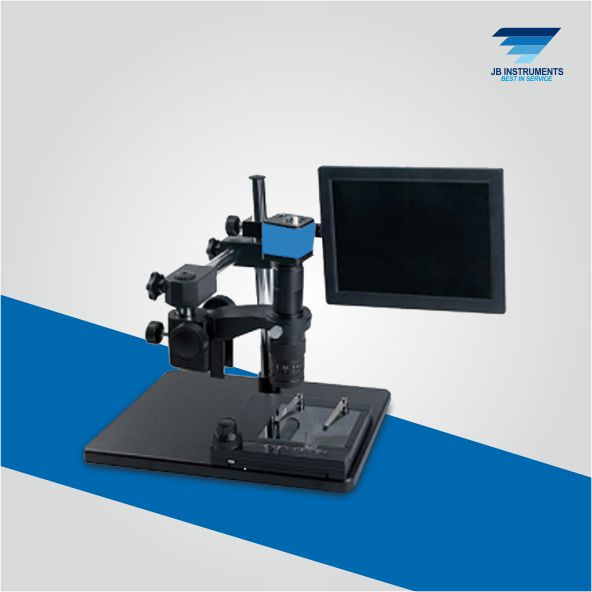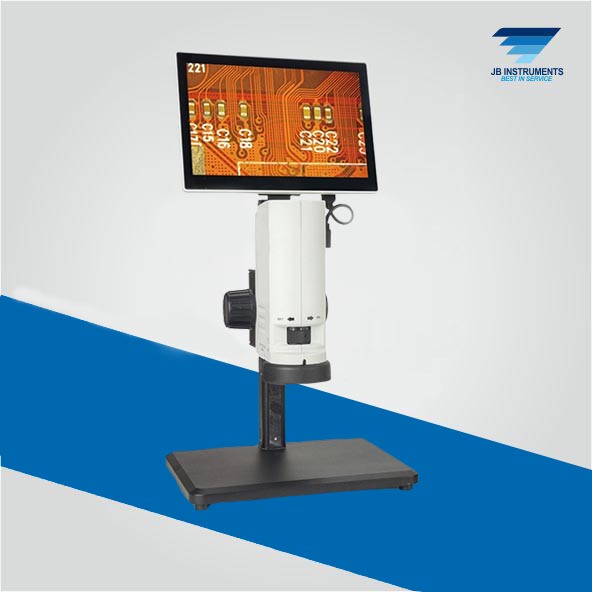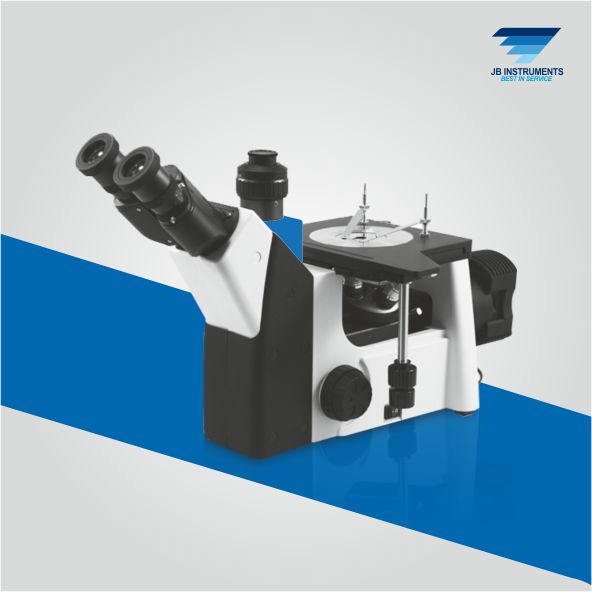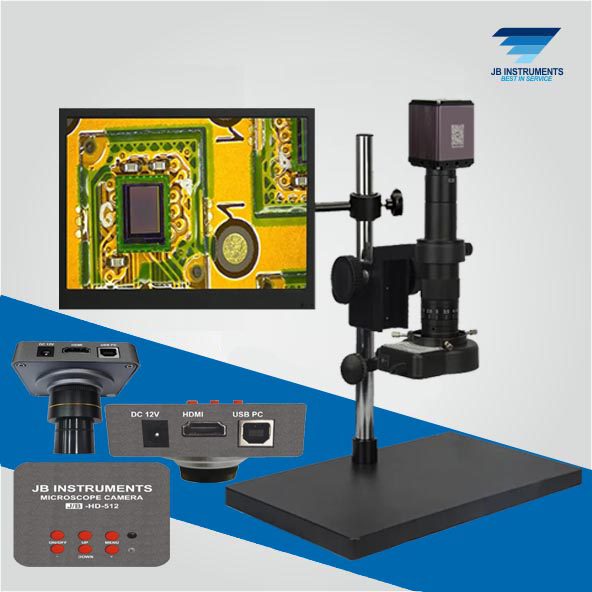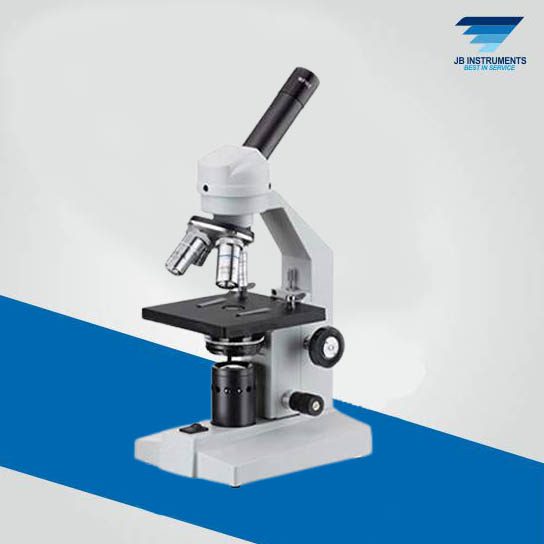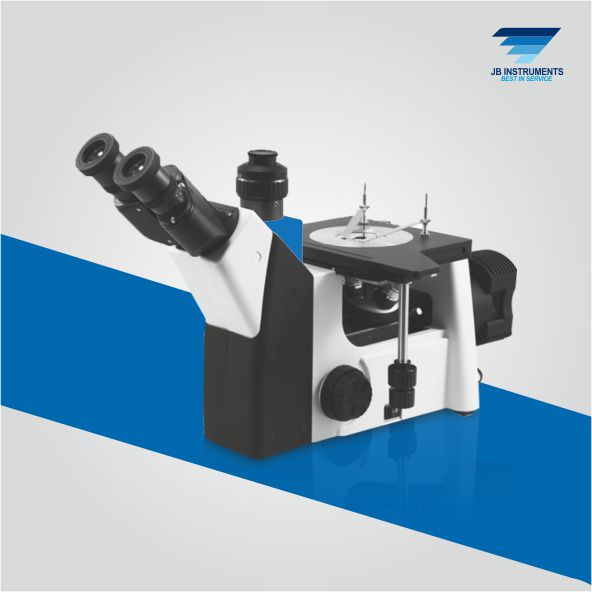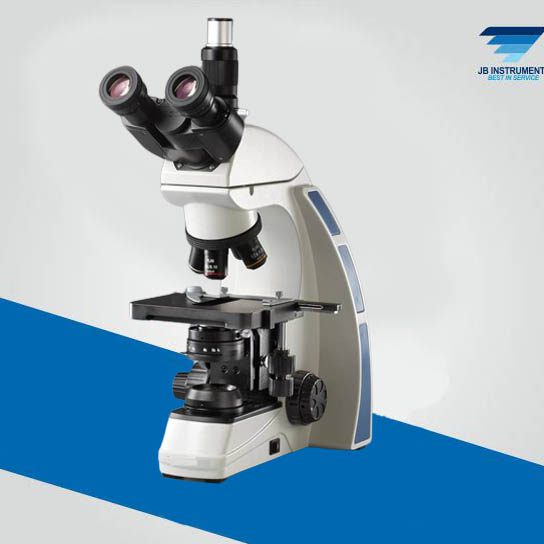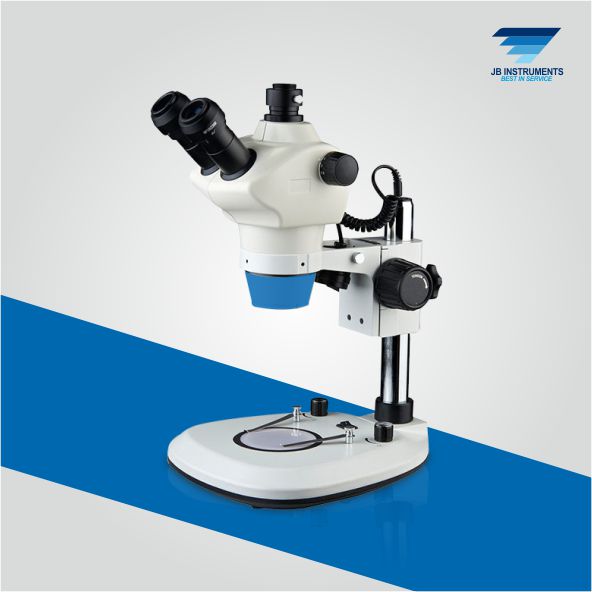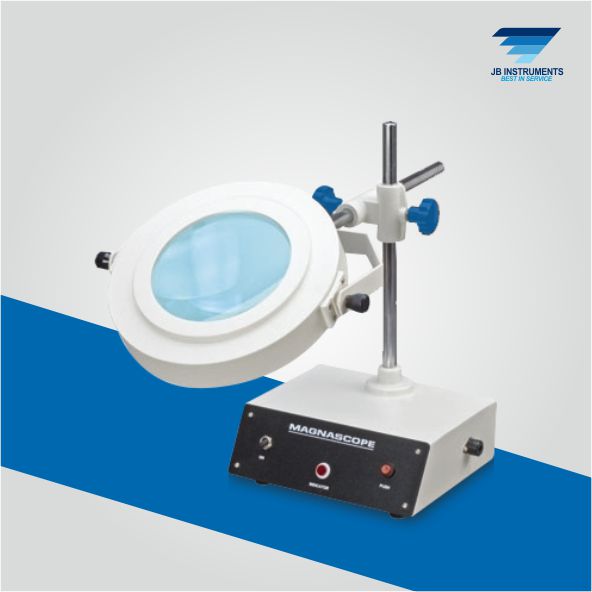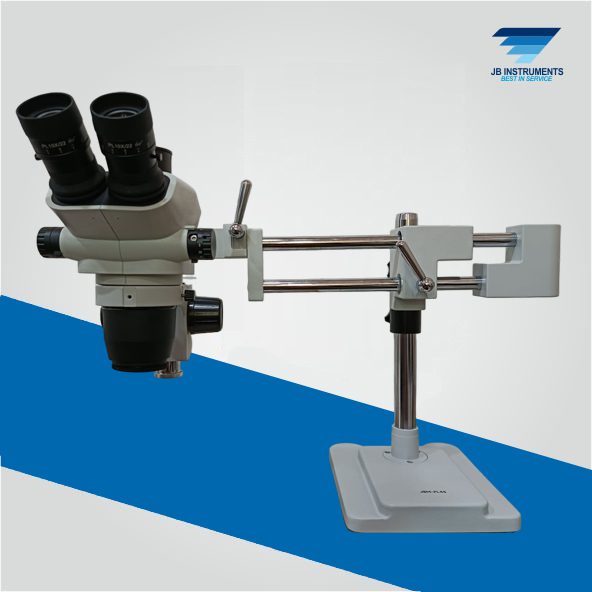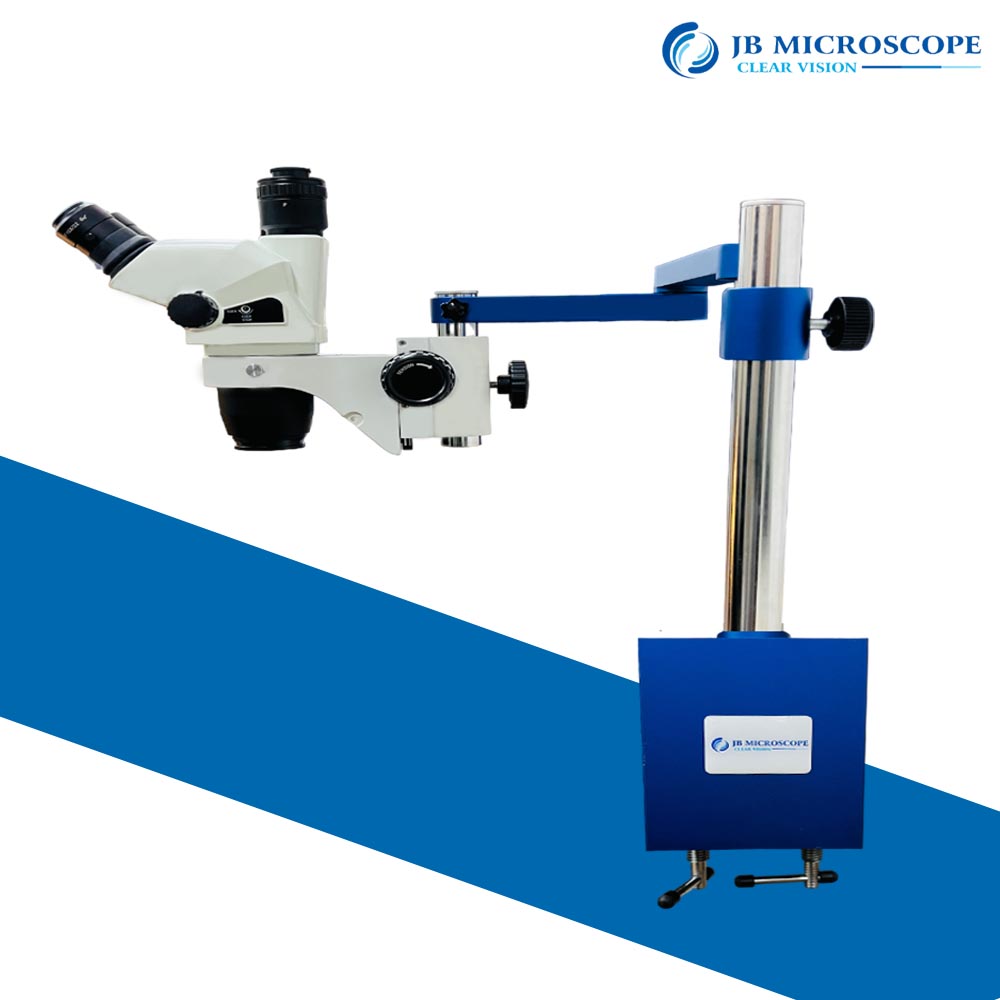A trinocular microscope is a type of optical microscope that features three eyepiece ports: two for binocular viewing (two eyes) and one additional port for attaching a camera or other imaging device. This design allows users to simultaneously observe a specimen through the eyepieces and capture images or videos using a camera.
Here are some key features and components of trinocular microscopes:
- Trinocular Head: The microscope has a trinocular head with three eyepiece ports. This allows for comfortable binocular viewing with both eyes and the option to attach a camera or camera-equipped device for imaging purposes.
- Binocular Eyepiece Ports: Two of the eyepiece ports are dedicated to binocular viewing, providing a stereoscopic (three-dimensional) image of the specimen. This enhances depth perception and is beneficial for tasks requiring detailed examination.
- Trinocular Eyepiece Port: The third eyepiece port, often located centrally above the binocular ports, is designed to accommodate a camera. Users can attach a digital camera, CCD camera, or other imaging devices to capture high-resolution images or videos of the specimen.
- Interpupillary Adjustment: Trinocular microscopes typically have an interpupillary adjustment feature, allowing users to customize the distance between the eyepieces to match their individual eye spacing.
- Objective Lenses: Trinocular microscopes come with a variety of objective lenses, each providing different levels of magnification. These lenses contribute to the overall magnification and clarity of the observed specimen.
- Illumination: Depending on the model, trinocular microscopes can have various illumination options, including brightfield, darkfield, phase contrast, or fluorescence. Adequate illumination is crucial for clear visibility of the specimen.
- Focusing Mechanism: Trinocular microscopes have a fine and coarse focusing mechanism to bring the specimen into sharp focus. The ability to precisely focus is essential for detailed observations.
- Applications: Trinocular microscopes are widely used in fields such as biology, medicine, research, education, and industry. They are particularly useful for tasks that involve both real-time observation through the eyepieces and the documentation of specimens through imaging.
- Digital Imaging: The trinocular port designed for attaching cameras enables users to capture digital images or videos, facilitating documentation, analysis, and sharing of findings.
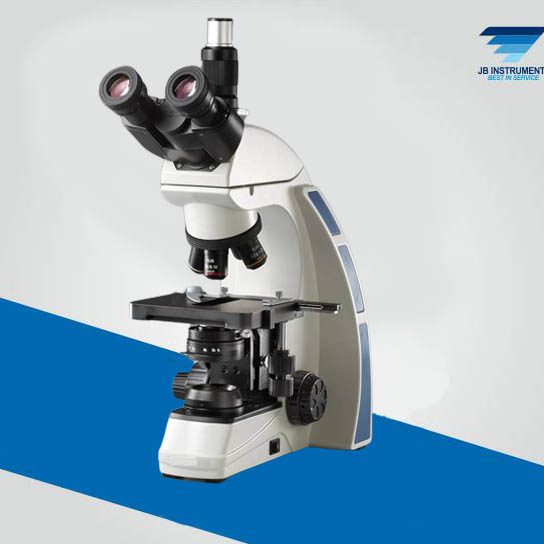
Trinocular microscopes offer versatility, making them suitable for a range of applications where both visual observation and digital imaging are essential for research, documentation, or educational purposes.

